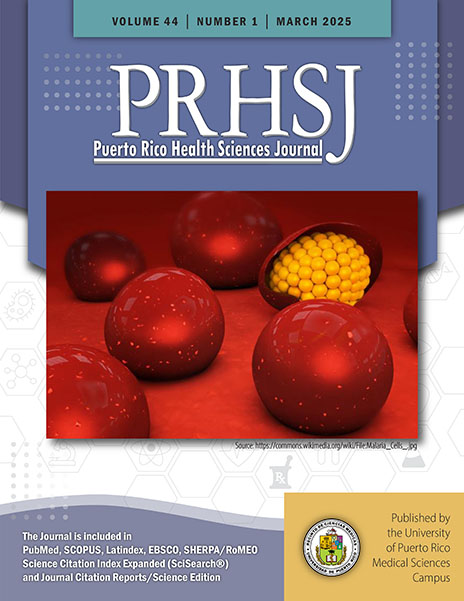Abstract
Objective: The aim of this study was to evaluate the effect of foot self massage on peripheral neuropathic pain, peripheral skin temperature and patient comfort in individuals with diabetes. Methods: The sample of the study consisted of 52 individuals with type 2 diabetes (26 self foot massage group and 26 control group) between August 2021 and July 2022. Individuals in the foot self-massage group performed a foot massage for 30 minutes (15 minutes for each foot) three times a week for four weeks after training. Data were collected using an Individual Description Form, a Visual Analog Scale (VAS), the DN4 Pain Questionnaire and the General Comfort Scale-Short Form and peripheral skin temperature was measured. The data were evaluated using the Independent Sample-t test, Paired Sample-t test, Mann-Whitney U test, and Wilcoxon test. Continuity correction and Pearson-χ2 (chi-square) tests were used to compare categorical variables. Results: In this study, it was found that foot self-massage did not affect the peripheral neuropathic pain level of the patients, but the mean pain (VAS) scores of the patients in the foot massage group significantly decreased compared to the patients in the control groups. In addition, it was found that foot self-massage did not affect patients’ peripheral skin temperature and patient comfort. Conclusion: It is recommended that foot massage, which can be applied by itself without time and place restrictions, be learned by patients and supported by health professionals because it is easy to apply, practical and economical.
Authors who publish with this journal agree to the following terms:
a. Authors retain copyright and grant the journal right of first publication with the work simultaneously licensed under a Creative Commons Attribution License that allows others to share the work with an acknowledgement of the work's authorship and initial publication in this journal.
b. Authors are able to enter into separate, additional contractual arrangements for the non-exclusive distribution of the journal's published version of the work (e.g., post it to an institutional repository or publish it in a book), with an acknowledgement of its initial publication in this journal.
c. Authors are permitted and encouraged to post their work online (e.g., in institutional repositories or on their website) prior to and during the submission process, as it can lead to productive exchanges, as well as earlier and greater citation of published work (See The Effect of Open Access).
